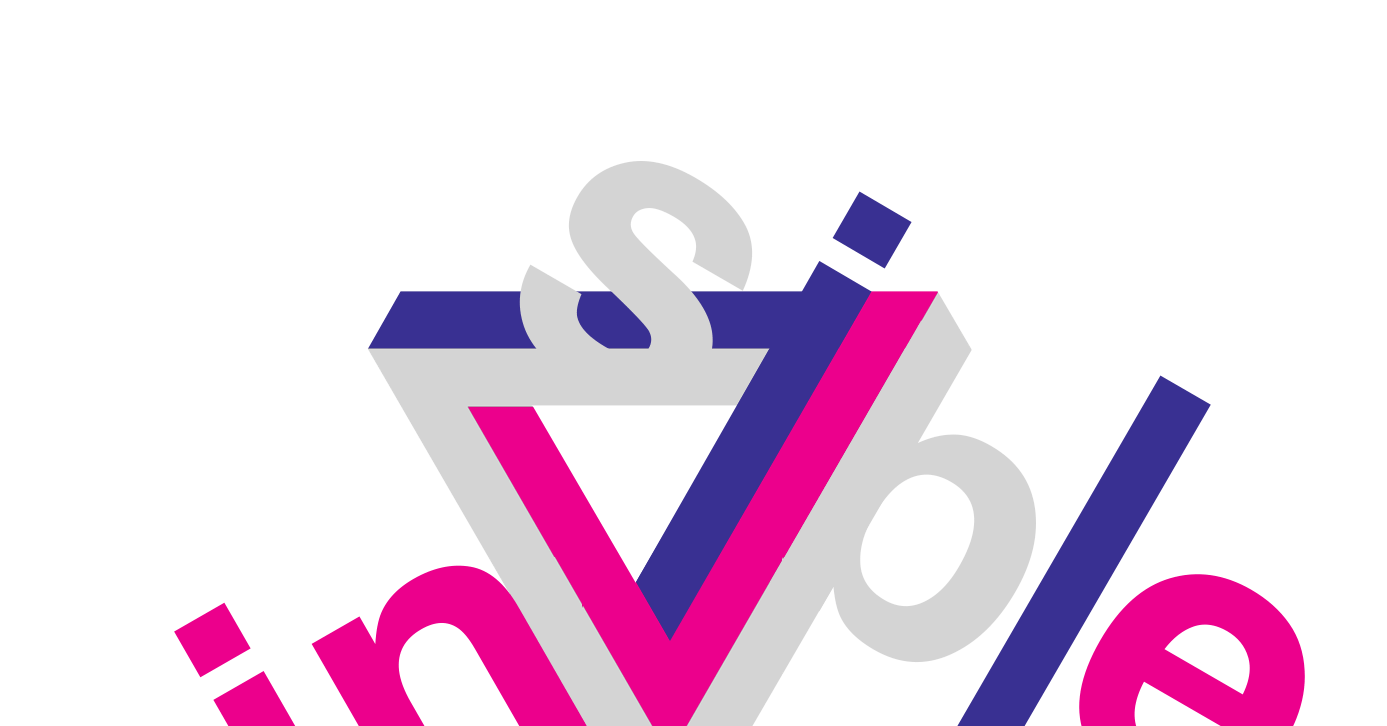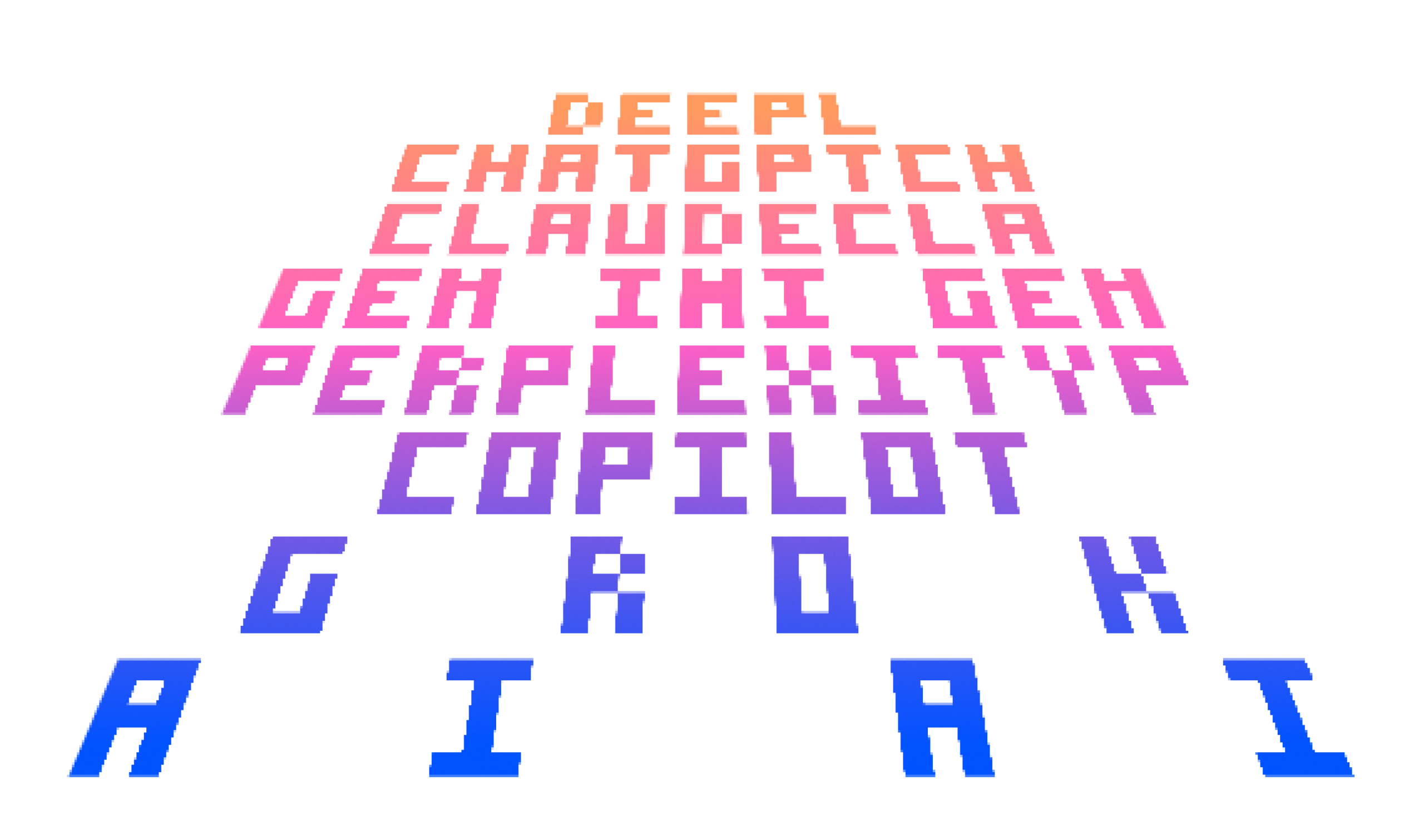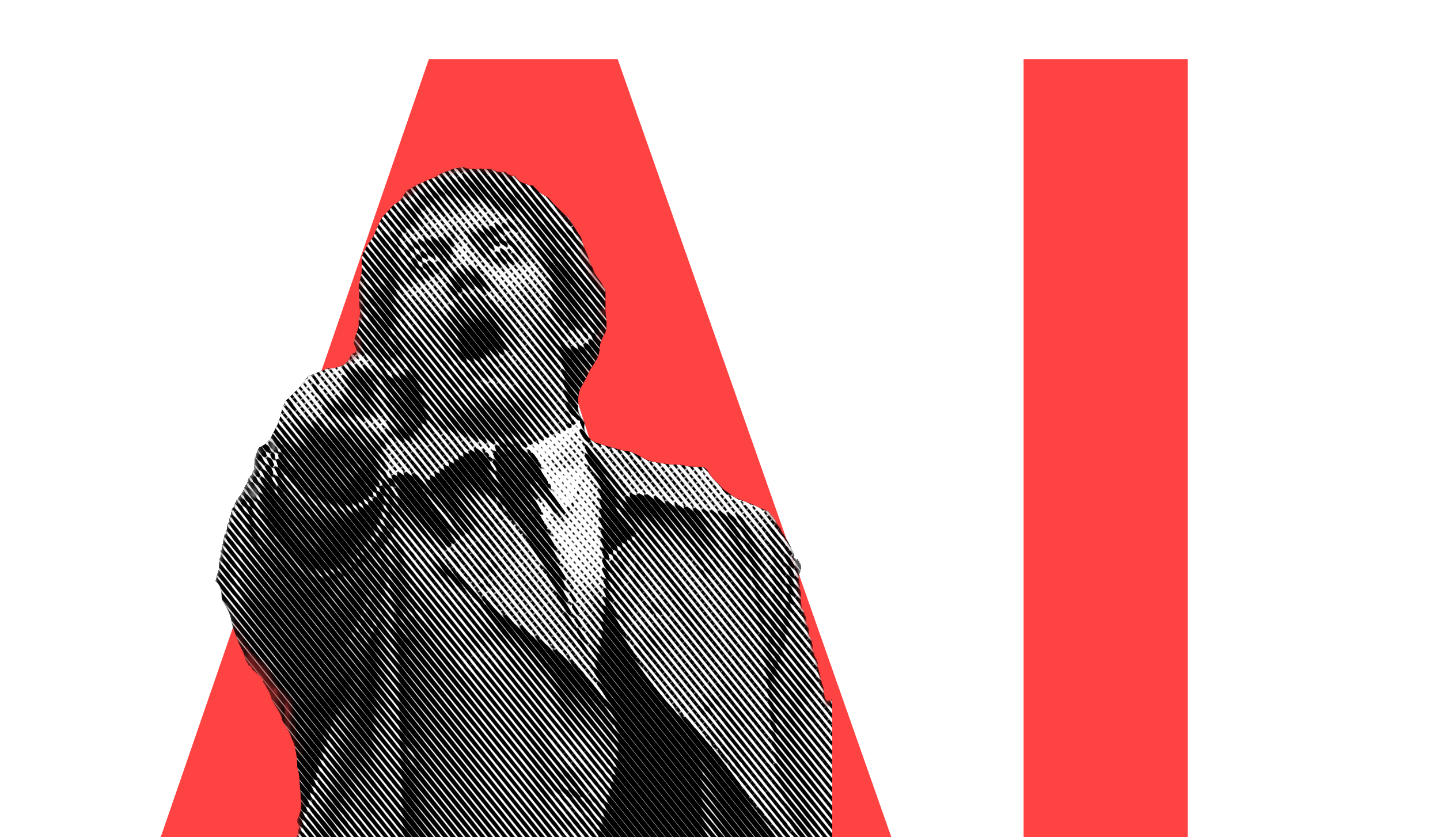“Since iA’s work is informed by its presence in Europe and Asia,” The Verge wanted to know our “thoughts on the differences between the two, and in particular where we see the state of Japanese design right now.”
Where are you right now, and what are you doing?
Oliver Reichenstein: I’m in Switzerland. My wife and I decided to move from Japan after the earthquake, because we deemed a triple meltdown two car hours away from Tokyo too insecure for our 3 year old boy. It’s too early to tell whether we were right or wrong, but I think it was the right decision, if only for peace of mind. Since we have offices in Zurich and Berlin, and most of our clients are European, it was not a big business risk. Actually, this has been our best year so far, and it has helped me being closer to our main clients.
What originally brought you to Japan, and what kept you here?
I went there on vacation. It felt like a trip to another planet, so I decided to stay and explore life on Mars. I was at a point in my life where I had to choose between a career in a big branding agency and learning something new.
Arriving in Japan without any knowledge of the language, I lived in a world without words, where, almost like a baby, I had to learn everything from scratch. I think the experience of being illiterate and then slowly growing back into society has made me a better designer. When you can’t read or write and you need to interpret everything you encounter by deciphering visual clues, you begin to understand how things and people function behind the words. If, in plus, a lot of the standard mechanical interfaces work differently, it was a magnificent training in basic interface phenomenology.
Being literally speechless for almost three months, I also discovered the aesthetic and functional beauty of Japanese typography and, through that, of Latin typography. One of my favorite places in Tokyo is the calligraphic museum in Ueno. I went there on my first trip to Japan, and it amazed me that I was able to somewhat guess the broad meaning of some calligraphy solely by looking at the shape. When I started to learn kanji and how signs represent what they mean, I started to see that a lot of our words visually represent the things they describe. The English “dog” looks like a dog sitting, the German “Hund” (same root as “hound”) looks like a dog standing. I won’t get too deep into this, because it sounds kind of insane. In any case I started to see and think language and its visual representation from a completely different angle and ultimately that gave me the visual and mental freedom to build iA.
What really kept me there was my wife. I went to Japan in June. We met in December. One year later I proposed.
Apart from the magic forces of my wife, it was not so much Japan, but Tokyo that hypnotized me. I enjoyed the size of Tokyo and the freedom it gives you to be yourself. In a city with 36 million people, no one tries to force you into a certain way of living. Being a foreigner is even easier, because Japanese people mostly think we’re all crazy to begin with anyway. For the first time, I was able to say and do what I felt, and no one tried to correct me back to the “standard” way. This liberty also brings you together with people that are like-minded. I could go on forever about this… as you can clearly tell, I miss Tokyo terribly. We still have iA Tokyo in a beautiful office in Shibuya, so luckily I can still go there every few months.
What print designers have most influenced your online work? Web designers?
I was never satisfied with the state of the web. Websites were—and still are—always too noisy for my taste. I didn’t really understand what was missing until I discovered typography. At the time I learned an awful lot from Khoi Vinh’s blog. The main lesson was: Try to find ways to translate the treasure of typographical knowledge into this new medium.
The main old-school design influences on iA’s work come mostly from typographers. I grew up in Switzerland, so Frutiger, Ruder, Tschichold, Müller-Brockmann, and Miedinger are part of my visual DNA. I discovered them in Tokyo, like you discover grammar after you can already speak. Meeting some of my design heroes in person, like Erik Spiekermann or Roger Black, let me understand that what made their work so influential was their unfailing passion and youthful spirit.
Working in Japan, I learned to see what I disliked about our design culture—the typical Swiss coldness, the lack of emotion and loveliness, the often clumsy use of color, the loneliness—from a slightly different angle. I learned to see its weaknesses and strengths, and tried to find ways to evolve it.
I think iA would not have been able to break out of this Swiss style, had I not worked with Japanese designers. I am deeply thankful for the beautiful work Mr. Tanaka, our lead designer in Tokyo, has done. I learn more from observing and discussing with him than from any book I have read in the last couple of years.
Japanese designers grow up drawing Kanji, which lets them develop a much more delicate eye in dealing with white space, gray value, and contrast. Japanese have slightly different color vocabulary and that means: a slightly different sense of color.
Japanese and Swiss design are actually a good combination. There are many similarities between Swiss culture and Japanese culture in general, including design.
In our increasingly digital world, how do you see the disciplines of graphic design and product / industrial design merging?
The principles of good design have not changed. Dieter Rams said: “Good design is as little design as possible. Less, but better—because it concentrates on the essential aspects, and the products are not burdened with non-essentials.” This applies to all disciplines of design, including web design. Web design looks like graphic design because it appears visually flat, but it is actually closer to electro-mechanical engineering than any form of drawing. As a web designer you need to consider what people do with their hands and heads. You need to design your products in a way that requires minimal input, and delivers maximal output.
My skills improved a lot when I started designing fonts. I realized that microtypography is the atomic unit of our work. The more I learn about typography the better I understand what I do. Typography is not about making or choosing a nice font. Whether you design or set type, what you do is designing text for optimal performance. Both type designers and type setters need an understanding of macro and microtypography. It’s obvious in the case of type designers. Of course there is no readability without legibility. But few type setters understand that if they have no clue about microtypography (legibility), they cannot excel in macrotypography (readability).
Without the collaboration and communication with Bold Monday (the type foundry that made and optimized Nitti Light, the typeface for iA Writer), iA Writer would not be what it is. A lot of what makes the product work so well, and the reasons why so many people feel so good using it, is hidden to the non-typographic eye.
To give you an idea, with the new Retina displays we had to optimize the typeface so it looks like it used to look on the iPad 2. To do this we had to grade the typeface, producing subtly different versions for each class of display so they have the same visual weight.
To the user the type looks exactly the same on the retina display as on the iPad 2. This required a lot of tweaking from our side (to find the right definition), and the deep professional knowledge of Bold Monday. Users don’t notice this, but they don’t need to. Good user interface design takes care of irritations before they appear.
Good design is invisible. Good screen design happens in the subatomic level of microtypography (the exact definition of a typeface), the invisible grid of macrotypography (how the typeface is used), and the invisible world of interaction design and information architecture. Minimum input, maximum output, with minimal conscious thought is what screen designers focus on. And just as type designers and engineers we do not try to find the perfect solution but the best compromise.
The automatic adaptation of typography to a screen is one of those compromises. We call it responsive typography. Responsive typography is not just font grading. Responsive typography is about the relationship between type size, leading, line spacing, weight and reading distance. Lately, screen resolutions have become so diverse and complicated that we felt the need to design our own typeface to discover what microtypography under what circumstances works best. It is terribly hard to explain without being able to show it on different device right in front of you, but we’ll try our best to convey what we mean by responsive typography in the next couple of weeks.
One of the greatest inspirations is, as for most of us, the work of Apple. What makes us especially proud is that Apple likes us. They crowned iA Writer as one of the apps of the year and, voluntarily or accidentally, they started to use one of our lines themselves. A year ago, we described the benefit of iA Writer as: “The less thought goes into the program, the more thought you can put into your work.” Apple used a similar line half a year later to describe the new iPad. iA Writer also gets imitated a lot. I’m not always happy about that, but some imitations are indeed flattering.
I’d like to hear your thoughts on the state of Japanese software and web design, as iA’s work seems very out of step with a lot of it. Is there a clash of philosophy with iA’s design coming out of Tokyo?
Japanese web or app design is not comparable to Japanese art, graphic design or architecture. I could fill a page explaining why. It has to do with the way Japanese read, with the corporate fear of doing something different, and with the generally low level of design for the masses.
One reason why Japanese web and app design feels weak is that technology requires good active and passive knowledge of English. English is the lingua franca of contemporary web and app development, both of our tools and our discourse. Even if you master English-based Objective-C or JavaScript, if you are not able to communicate with the international community of developers and designers, you miss out on what is desirable, even what is possible. Japanese developers and designers that don’t speak English are trapped within the relatively low level of tech and design that currently reigns in the Japanese corporate world.
For you, what represents the best and worst of Japanese design right now?
Muji has been doing a great job selling itself and its products as no-brand while being one of the strongest best designed commercially successful entities in contemporary Japan.
Another impressive commercial design heavyweight is Uniqlo. I’m not a regular Uniqlo customer, but what they do impresses me from a professional perspective. I think Uniqlo does a terrific job as a big consumer brand, surprising and satisfying a huge audience with good quality at low prices. They exercise great control over their brand identity, and have been developing who they are over the last few years in an astonishing way. They surprise with beautiful ad campaigns, and they also have some of the best designed Japanese apps in the app store.
While the exterior perspective of Tokyo is generally nothing less than depressing, Japanese interior architecture is unique. Here, again, best and worst are very close. While private Japanese interiors can be shockingly dull, public interiors (stores, restaurants, hotels) can be evenly breathtaking.
Japan’s, or more precisely Tokyo’s public fashion scene is without doubt the most amazing in the world. Omotesando-dori is one 24-hour catwalk.
The worst of Japanese design is, sadly, everywhere. The average web site, app, advertisement… it’s usually really badly designed. That might be hard to believe from the outside, because only the best of the best of Japanese design reaches the rest of the world, but with the web it has become more obvious how bad basic design is in Japan. Yes, the standard for Japanese design in general is as low as for Japanese web design. Why? Nothing is more destructive to good design than group thinking and collective decision making. Why? As I said, to most people good design is invisible. Group decisions focus on the visible, bad aspects of design.
What are your thoughts on operating system design in general? Individual apps often have their own interface innovations, but can you see room for improvement in the general UI paradigm of iOS, for example?
iOS is the Windows XP for mobile devices. It looks a lot like Windows XP, if feels like Windows XP, and it is loved like Windows XP. It doesn’t have the same market share Windows XP had back in the day, but Windows XP was liked so much that Microsoft had a really hard time replacing it. Sooner or later Apple will have to radically evolve its UI paradigm. For example, it has to create stricter internal guidelines on the use of metaphor. That being said, UI design for operating systems is the highest form of GUI and interaction design. It is incredibly hard to create something iconic and functional on that level of the user interface.
Personally, I hope that Jonathan Ive is working on it. Some of my friends see his fingerprints in the chrome of the new mobile iPhoto and maps app, but that’s probably all wishful thinking. Personally, I hope that they don’t need Ive there. That he keeps on focusing on making great hardware. If iPhoto and the new maps app are test balloons for upcoming iOS chrome, I hope that they work harder on the icons and smash the tacky glass shelves. Metaphors are good if they simplify things. Metaphors that draw attention to themselves are detrimental, and double metaphors in a user interface are suicide bombs.
What I wanted to see for as long as I can remember is a perfectly white user interface. It’s incredibly hard to do with backlit devices, but it is possible. This is just a random opinion from someone that has very little experience with designing user interfaces for operating systems.
In any case, I am more excited to see the next big iteration from Apple than I am about Microsoft’s Metro. What I’ve seen so far is more graphic than interface design, it’s too Cartesian, too flat, too cold. It tries too hard to sway the hipsters who are not Microsoft’s target group.
But, hey, a lot of my designer friends are troubled about how much they like Metro. I might be wrong and Microsoft might get the early adopters, and in a couple of years then the monster market share they’ve been dreaming of. But I doubt it. Metro is not design for the masses. iOS is. And by trying to do what Steve would do, they won’t beat Apple’s avant garde.
The only thing that makes me think that Microsoft might have a chance on mobile devices is that they seem to invest a lot in typography, while Apple doesn’t seem to. For example, Microsoft’s latest future video uses Gotham as a system font. And while I don’t think that Gotham would be a good system font, it has the warmth and friendliness that Neue Helvetica on iOS lacks. I read that as “we care about typography”. With good typography you can score on a level that is subconscious to most users. Hardly anyone can discern good from bad typography, but everybody can feel it.
You’ve done some design studies for clients like Facebook that never ended up getting put in place. What product, site, or service would you most like to get the chance to redesign for real?
I’ve been dreaming of designing an operating system GUI since I first saw one. But there is no chance in hell that Apple lets us do that.
Tell me about the inception of iA Writer. Was iOS the catalyst? Would the Mac version ever have come into being without the iPad version, and do you have any thoughts on developing for Android or other platforms in future?
There were so many instances leading to it. I designed my first text editor in the early eighties. I even created a pixel font on a 5 × 5 pixel grid for the text editor. I did all that so I could see more text on the 256 × 192 resolution of my Dragon 32. Some of the ideas came from earning my philosophy student living as an informatics teacher in the nineties teaching MS Word and informatics, desperately trying to get pupils to stop fumbling and to start writing.
The biggest motivation to build iA Writer came from the mad idea to create our own hardware. A digital writing machine (the German word for typewriter). Apparently it is not that hard to produce hardware anymore if you have the right contacts in China. It is still madness for a small studio though. But months after our first sketches Apple presented the iPad, and then producing our own hardware was not necessary anymore.
The Mac version happened because the iOS version was such a big success. We tried to duplicate the same user experience in a completely different environment, which took a fair amount of time to do—and only a couple of weeks to copy.
What was behind the decision to bring Writer to iPhone? How did you envisage people using the app?
I wanted my documents on the go. I’m too impatient when I work on a text to wait 45 minutes on my way from home to the office. I also wanted to have a notebook for making notes that I could then transform into texts.
Typography is an important part of Writer’s design. What challenges were posed by the iPad’s Retina display, and how did you solve them?
We noticed right away that our font didn’t look right on Retina displays, and adjusted it until it looked and felt the same as on lower resolutions. However, grading alone is not enough—the iPhone, Mac and iPad have different canvas sizes and reading distances, which require a lot of alterations from spacing to line height to gutter sizes. I am currently discussing this in a series of articles I’m writing on the new challenges of typography in the age of responsive design.
Is there any progress on auto-markdown for iPad? Does the new model’s CPU go any further towards making it a possibility, and would you ever consider implementing a feature that didn’t work on specific hardware?
We have solved the performance issues that held us back, but we are also focusing on a different set of features currently, so I won’t make any promises as to when that happens. In general, I don’t have that much of a problem with different devices having different features. Writing on a touch device is a completely different story from writing with a keyboard and a point and click device.
Implementing features that don’t work on certain hardware is okay as long as it is done with the right compromise in mind. Our highest priorities are speed and simplicity.
Writer has been a big success, so where does iA go from here? Are you looking to balance web design with more app development in future, or was Writer a one-off?
You often hear that it’s not possible to have both clients and your own products. I think that if you are able to handle a couple of big clients, you are also able to handle a big product in the place of a big client.
We have always tried to work only with clients where we both can learn from each other. Being able to freely choose your clients without ifs or buts is the only way to do work in a meaningful relationship. Writer has made it much easier to say no.
Client work allows us to develop Writer in exactly the way we feel right, without giving into fashions and superficial features that might sell well and please the tech community, but not give much benefit to the core user.
We plan to continue both working for clients and on products, because we feel that both benefit from the experience we gain in each field. By having our own products we understand clients better, and by working for clients we understand ourselves as product makers better. Very few agencies can have the same insight we do into planning, designing and building a successful app. Lots of agencies will promise you success in the app store without having anything substantial to show. We don’t promise success, because we know first-hand what it takes and what it brings.
When is the next Web Trend Map coming?
We are working on it but we are not going to rush it. We have a series of beautiful concept studies, but we’re not quite there yet. The last map was swept away by the tsunami. I hope that we can publish the next one before the end of the year.
Where do you look for inspiration, either in the real world or online?
Outside the design world, in architecture, philosophy, art. But most of the time, there is no need for external inspiration. We have such a great team that we never run out of ideas. The vision for what we do has stayed the same since I founded iA back in 2005: Reduce to the essence.
Source: The Verge







